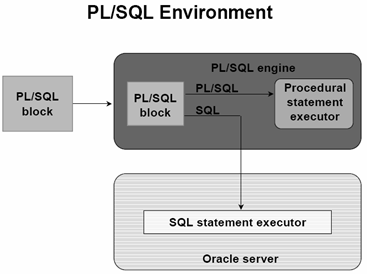Oracle Alert is your complete exception control solution. Alerts signal important or unexpected activity in your database. They ensure that you are regularly and quickly informed about critical database events instead of sorting through length reports.
The basic function of alerts includes but not limited to
- Keep you informed of critical activity in your database
- Deliver key information from your applications, in the format you choose
- Provide you with regular reports on your database information
- Automate system maintenance, and routine online tasks
Alerts keep a constant check on your database information and prompt you when the specified criteria are met. You can use either an Oracle application or a custom oracle application to define alerts. However, few applications such as purchasing, allow you to simply activate and use alerts supply by default.
You can define one of two types of alerts: an event alert or a periodic alert.
An event alert immediately notifies you of activity in your database as it occurs. When you create an event alert, you specify the following:
- A database event that you want to monitor, that is, an insert or an update to a specific database table.
- A SQL Select statement that retrieves specific database information as a result of the database event.
- Actions that you want Oracle Alert to perform as a result of the database event. An action can entail sending someone an electronic mail message, running a concurrent program, running an operating script, or running a SQL statement script. You include all the actions you want Oracle Alert to perform, in an action set.
A periodic alert, on the other hand, checks the database for information according to a schedule you define. When you create a periodic alert, you specify the following:
- A SQL Select statement that retrieves specific database information.
- The frequency that you want the periodic alert to run the SQL statement.
- Actions that you want Oracle Alert to perform once it runs the SQL statement. An action can entail sending the retrieved information to someone in an electronic mail message, running a concurrent program, running an operating script, or running a SQL statement script. You include all the actions you want Oracle Alert to perform, in an action set
By creating event alerts, you can have an immediate view of the activity in your database, so you keep on top of important or unusual events as they happen. By creating periodic alerts, you can have current measurements of staff and organization performance, so you can zero in on potential trouble spots. You can automate routine transactions, preserving your valuable time for more important issues. Oracle Alert gives you the information you need online, so you do not have to contend with a pile of paperwork.
Workflow vs Alerts
Unlike alerts, workflow is defined in a system to detect a condition and requires user intervention. Every time a response is not recorded during a designated time period, workflow may send a notification to the user’s manager depending upon the workflow definition. It is difficult to accomplish such notification using alerts.


Recent Comments